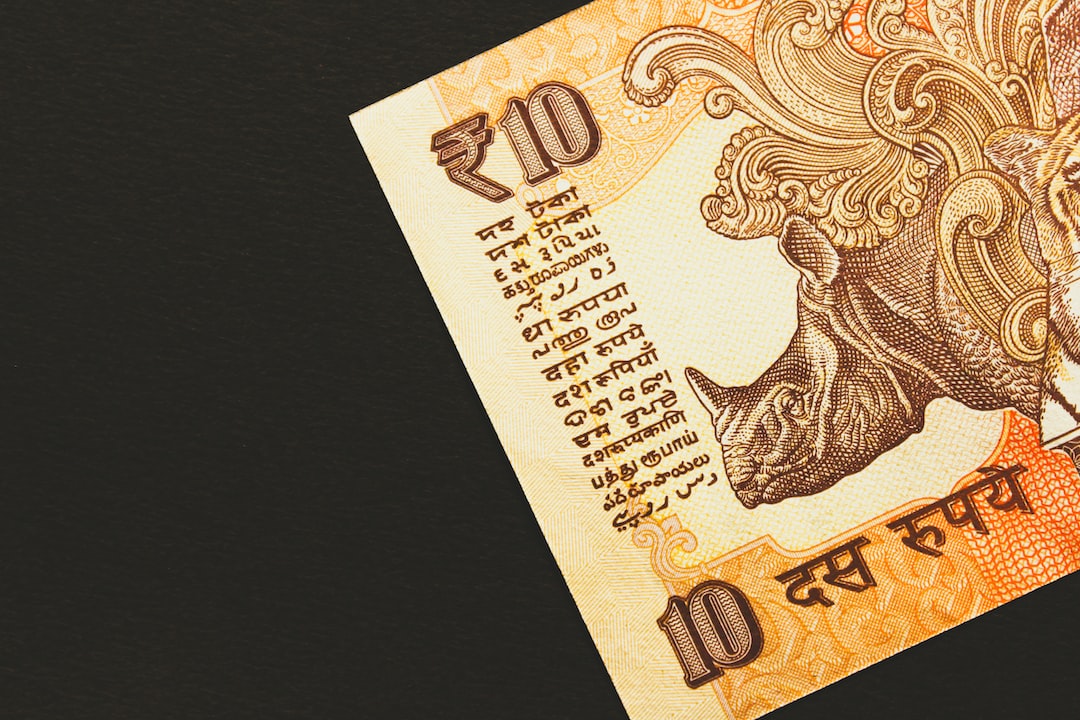The foreign exchange market, commonly known as Forex or FX, is the largest financial market in the world, with trillions of dollars traded every day. Banks are one of the major participants in this market, making it essential to understand what they are trading today in Forex.
Banks trade in Forex for several reasons, including hedging, speculation, and providing liquidity to their clients. When banks trade in Forex, they use their own funds, as well as the funds of their clients. The trades are executed through various platforms, including electronic trading platforms, interbank trading networks, and voice brokers.
So, what are the banks trading today in Forex?
1. Major Currency Pairs
The most traded currencies in the Forex market are the US dollar, euro, Japanese yen, British pound, Swiss franc, Canadian dollar, Australian dollar, and New Zealand dollar. These currencies are known as major currency pairs, and they are traded by banks for hedging, speculation, and providing liquidity to their clients.
Banks trade these currency pairs based on various factors, including economic data releases, geopolitical events, and central bank announcements. For example, if the US Federal Reserve announces a rate hike, banks may buy the US dollar against other currencies.
2. Emerging Market Currencies
Emerging market currencies refer to the currencies of developing countries such as Brazil, Russia, India, China, and South Africa. Banks also trade in these currencies, although they are more volatile than major currency pairs.
Banks trade in emerging market currencies for speculative purposes, as these currencies can offer higher returns than major currency pairs. However, trading in emerging market currencies also comes with higher risks, as they can be affected by political instability and economic uncertainty.
3. Commodity Currencies
Commodity currencies are currencies that are closely linked to commodity prices, such as oil and gold. The most popular commodity currencies are the Canadian dollar, Australian dollar, and New Zealand dollar.
Banks trade in commodity currencies because they are often used as a hedge against commodity price fluctuations. For example, if a bank is involved in the oil industry, it may buy Canadian dollars to protect itself against a decline in oil prices.
4. Exotic Currency Pairs
Exotic currency pairs refer to currency pairs that are not traded as frequently as major currency pairs. These currency pairs are often illiquid, which means that they can be difficult to buy or sell.
Banks trade in exotic currency pairs for speculative purposes, as they can offer higher returns than major currency pairs. However, trading in exotic currency pairs also comes with higher risks, as they can be affected by political instability and economic uncertainty.
In conclusion, banks trade in various currency pairs in Forex for hedging, speculation, and providing liquidity to their clients. The most commonly traded currency pairs are major currency pairs, followed by emerging market currencies, commodity currencies, and exotic currency pairs. As the Forex market continues to evolve, banks will continue to adapt their trading strategies to take advantage of new opportunities and manage risks.





